Not every war bonnet was made of eagle feathers. There were a host of different styles made from many different things such as buffalo scalps, where the top of the *buffalos head, including the horns, was adorned with important spirit items of the maker and formed into a head covering. Leather caps covered with feathers and perhaps a set of horns were used as well, and the ermine covered war bonnet with the set of split buffalo horns pictured above is often seen at various tribal functions.
It is thought that the plains tribes were the first to wear headdresses but all Indian groups had their own style of head covering. This image is of a Crow warrior at a parade during the famous Crow Fair held every August at Crow Agency in Montana. But many other tribes wore the same style, but vastly individualistic types of headdresses or bonnets.
This view is a strikingly dramatic presentation of a tribes culture and history and an honor to be able to see and photograph this amazing piece of living history. If you’re ever able to visit a powwow do so, it’s an incredible glimpse of a people’s culture as they live it today.
* http://www.bigshotsnow.com/regalia-buffalo-headdress/ for an example of an incredible buffalo headdress check out this link. This is one of the most spectacular examples you will ever see.

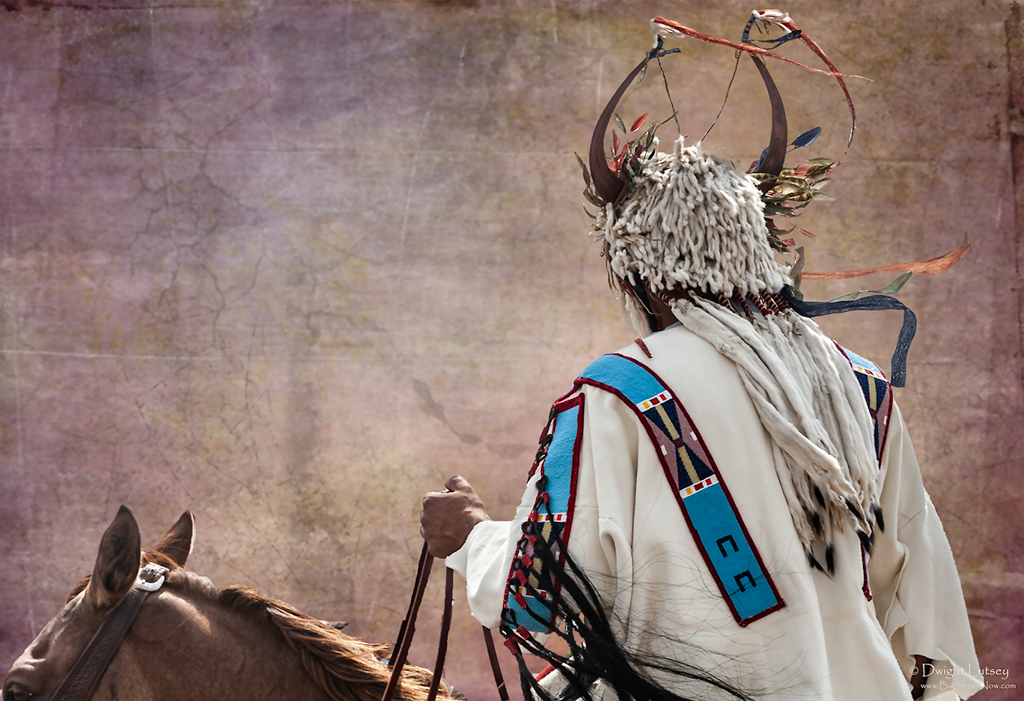
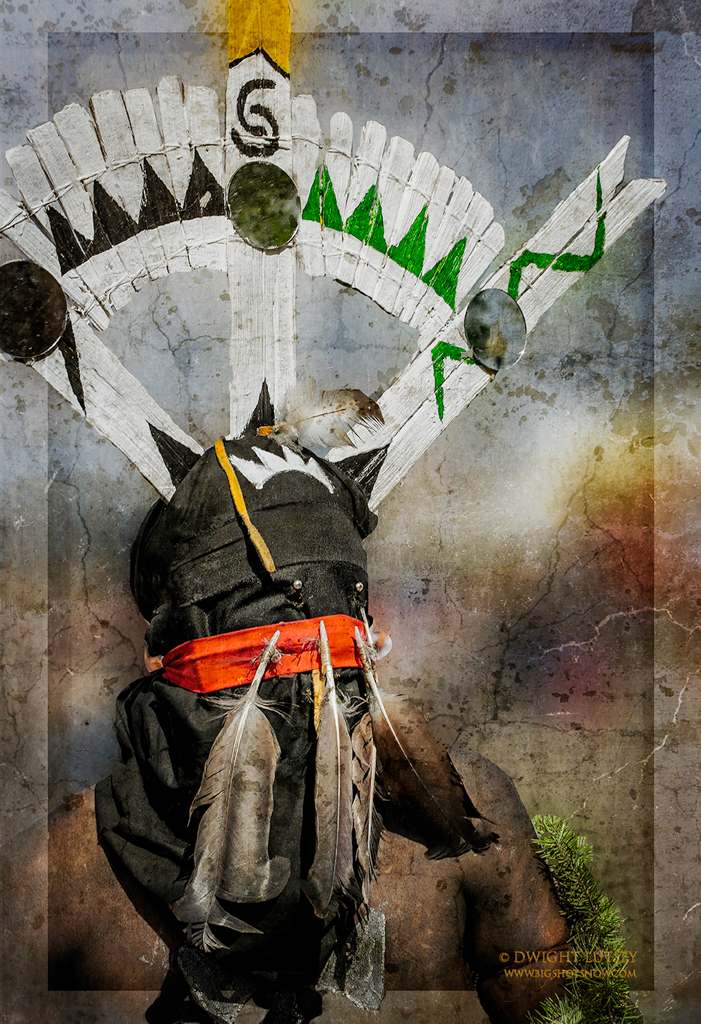
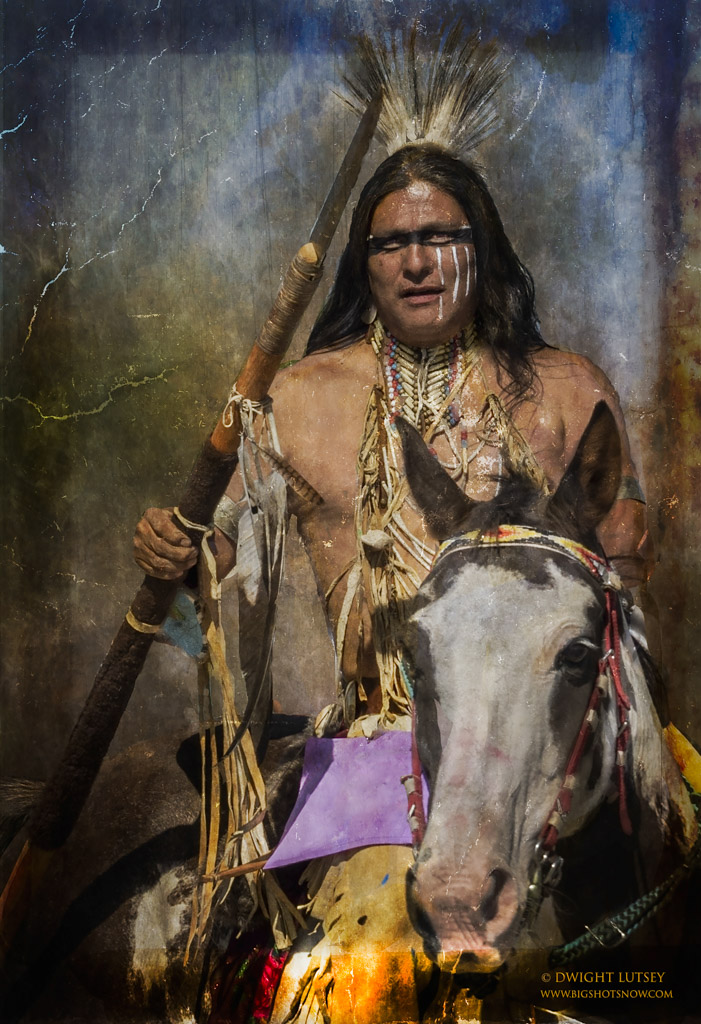
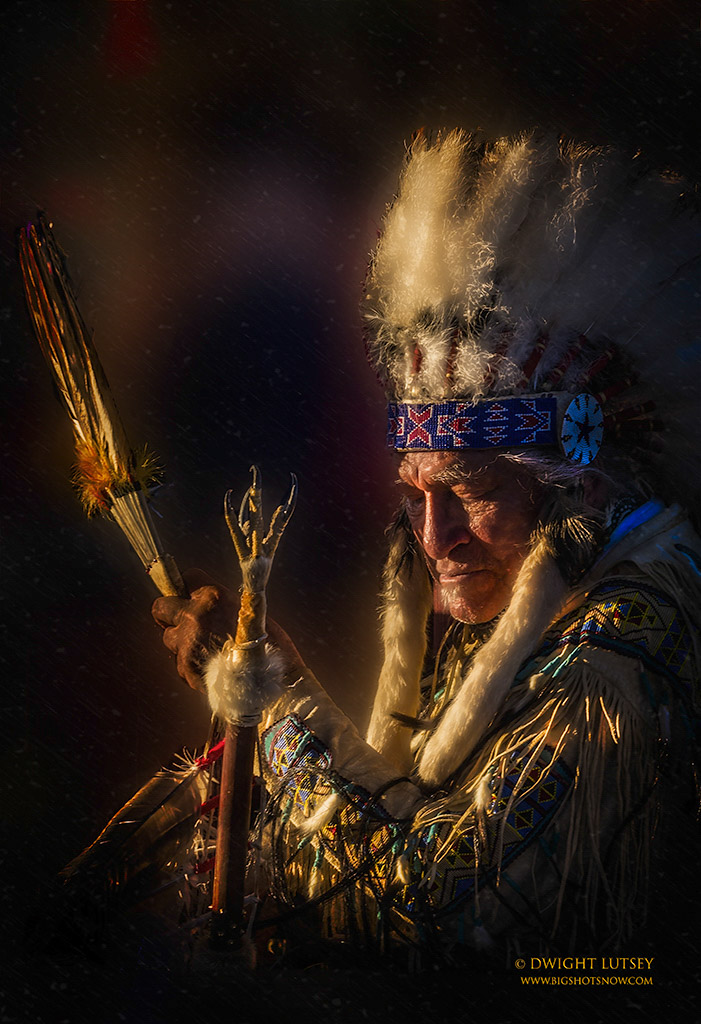
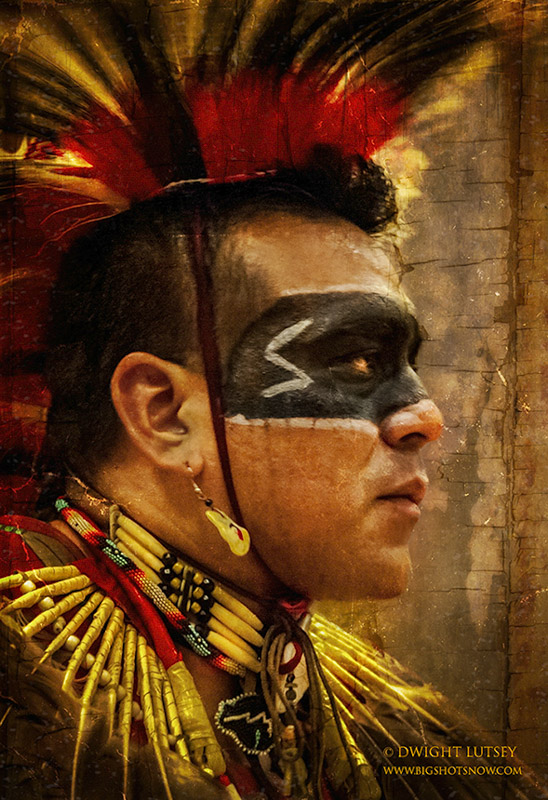
You must be logged in to post a comment.